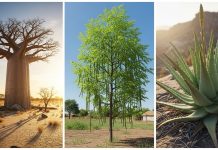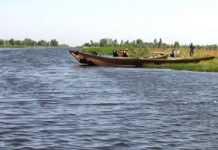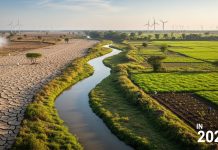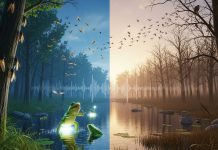When was the last time you saw a butterfly out in the open, fluttering around flowers, or resting quietly in the sun? What about a bee, buzzing from petal to petal? If your answer is “not recently,” you’re not alone. Across the world, bees, butterflies, and other pollinators are disappearing, and that’s a much bigger problem than many realize.
Why Pollinators Matter More Than We Think
Bees and butterflies do more than just add beauty to gardens and wild spaces. They are essential workers in nature, helping plants reproduce by carrying pollen from one flower to another. This simple act of pollination supports over 75% of the world’s food crops.
Without pollinators, plants can’t produce seeds or fruit. And if the plants struggle, so does the food chain.
Bees and Butterflies: Different Roles, Same Importance
- Bees
Bees are among the most efficient pollinators. Their work supports a wide range of crops, including apples, cucumbers, almonds, and melons. They also help maintain wild plant populations and contribute to soil health through their foraging habits (as they move from flower to flower collecting nectar and pollen, they spread seeds and promote plant growth).
- Butterflies
Butterflies aren’t as fast or focused as bees, but they still play a role in pollination. More importantly, their larvae (caterpillars) are a key food source for birds and other animals. Butterflies are also considered “indicator species” because their presence signals a healthy environment.
What’s Causing the Decline?
Pollinators are in trouble, and the reasons are many:
- Habitat Loss: As forests, fields, and wild spaces are cleared for farms, cities, and roads, pollinators lose the places they depend on to feed and nest.
- Pesticides: Chemicals used to kill pests can also harm pollinators. Certain pesticides can damage bees’ brains, weaken their immune systems, and stop them from finding their way back to the hive.
- Climate Change: Rising temperatures and changing seasons confuse pollinators. Flowers may bloom earlier or later than usual, missing the moment when bees and butterflies are ready to feed.
- Diseases and Invasive Species: New pests and illnesses spread quickly, especially when natural habitats are weakened. This puts even more pressure on pollinators, who are already struggling to survive.
Why It Matters for Us
- Food Security: No pollinators, no pollination. That means lower crop yields, fewer fruits and vegetables, and higher prices in markets.
- Biodiversity: Pollinators help a vast variety of plants reproduce. When they disappear, plant species also start to vanish. This affects the entire web of life, from insects to birds to mammals.
- Economy: Pollination services are worth billions of dollars each year. Farmers rely on bees and butterflies, not only for high yields but also for quality produce. Without them, food becomes more difficult and expensive to grow.
What Can We Do?
You don’t need to be a scientist to help. Here’s how everyone can make a difference:
- Protect Green Spaces: Support the Conservation of Wild Areas. Even planting native flowers in your garden or community can make a significant difference.
- Avoid Harmful Chemicals: Use natural pest control methods and encourage others to do the same.
- Support Pollinator-Friendly Farming: Buy from farms that protect pollinators through sustainable practices.
- Act on Climate: Every step we take to reduce emissions helps protect the natural balance that pollinators rely on.
The decline of pollinators is a quiet crisis. It’s easy to miss, but its impact will be loud and lasting if we don’t act. The good news is that solutions exist, and many of them start with simple choices in our homes, gardens, and communities.
